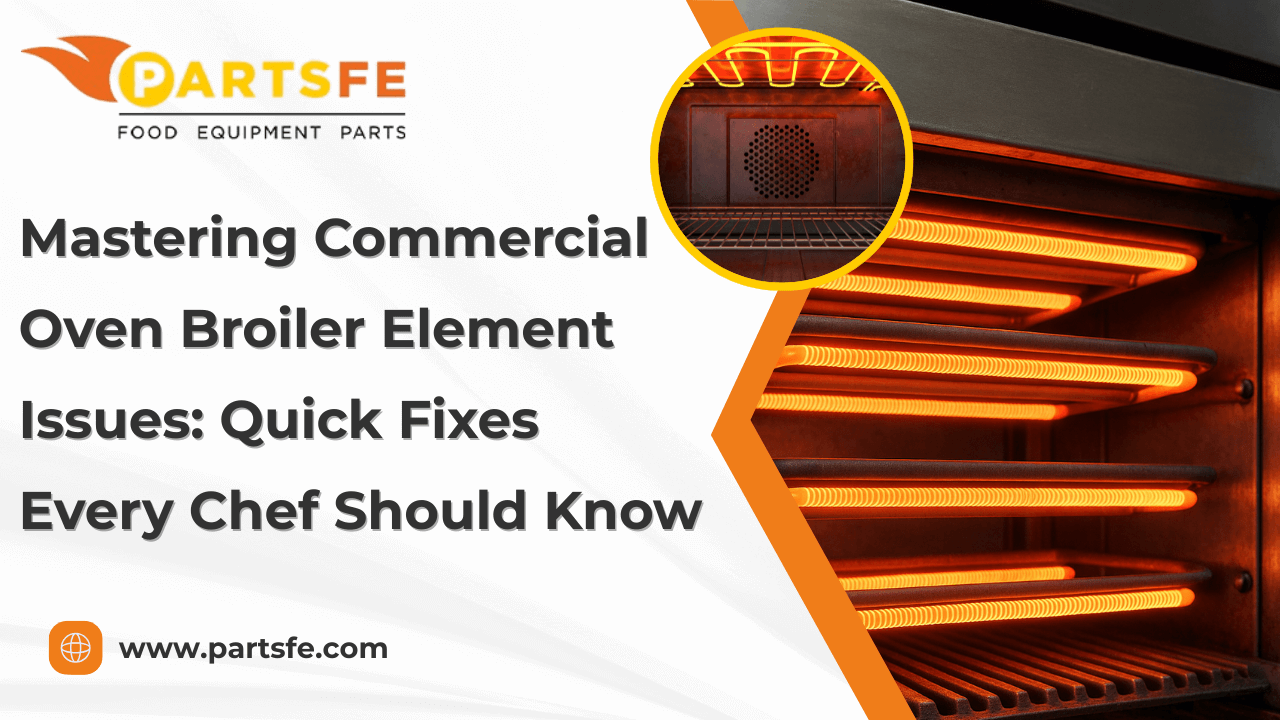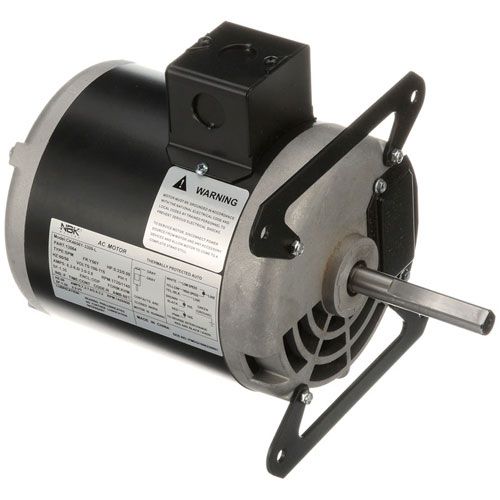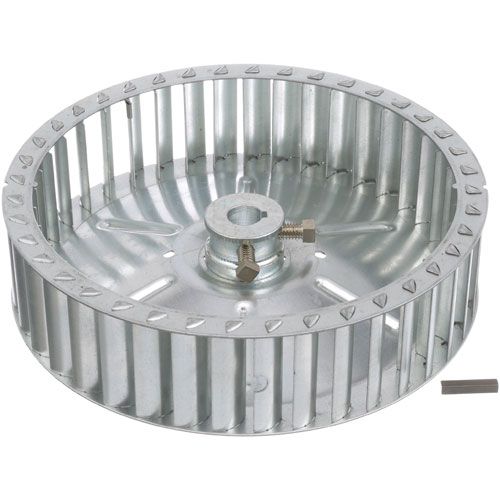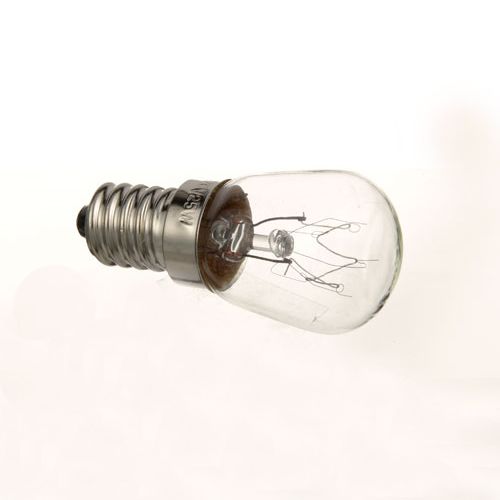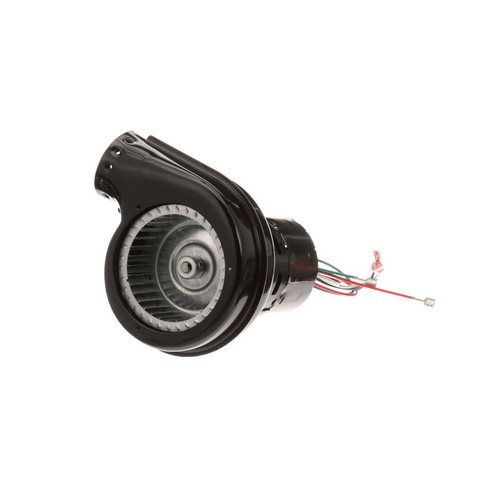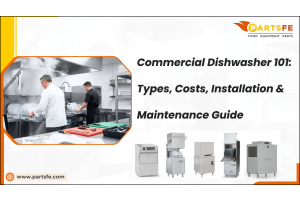Mastering Commercial Oven Broiler Element Issues: Quick Fixes Every Chef Should Know
Mastering commercial oven broiler element issues is essential for any chef aiming to maintain a smooth, efficient kitchen operation. The broiler element is crucial for delivering high heat quickly, perfect for grilling, searing, and finishing dishes with that signature caramelized crust. However, like any kitchen equipment, broiler elements can experience problems with uneven heating, failure to ignite, or complete burnout that disrupt workflow and impact food quality. Understanding common issues and quick fixes empowers chefs to troubleshoot effectively, minimizing downtime and costly repairs. This guide dives into practical solutions and preventive tips, helping culinary professionals keep their broilers in top shape. Whether you’re a seasoned chef or kitchen manager, mastering these fixes will ensure your oven broiler element remains a reliable tool for delivering exceptional dishes every time.
Understanding the Role of Broiler Elements in Commercial Ovens
Broiler elements are essential components in commercial ovens, responsible for providing high, direct heat from the top of the oven cavity. Their function goes beyond simple heating as they’re crucial for achieving professional-quality results in fast-paced kitchen environments.
Key Benefits of Broiler Elements:
-
High-Intensity Heat: Broiler elements generate rapid, concentrated heat ideal for searing, grilling, and finishing dishes.
-
Enhanced Food Quality: They help create a caramelized crust on meats, brown toppings, and melt cheese evenly.
-
Fast Cooking: Ideal for quick finishing touches in high-volume kitchens, ensuring faster service without compromising quality.
-
Precise Results: Broilers provide direct control over the final look and taste of a dish, improving consistency.
-
Versatile Usage: Used across a variety of dishes steaks, casseroles, baked goods, and more.
Understanding the broiler element’s role helps chefs maintain optimal performance and consistent results in any commercial kitchen.
Looking to fix your commercial oven broiler issues without the hassle? PartsFe offers top-quality broiler elements, thermostats, and heating coils to keep your kitchen running smoothly. Find quality parts for leading brands like TurboChef, Vulcan, and Garland, all in one trusted place.
Common Signs Your Commercial Oven Broiler Element is Failing
Spotting early signs of a failing oven broiler element can help prevent unexpected kitchen interruptions. Keep an eye out for these important indicators before the issue worsens.
-
No Heat Production: When the broiler element is not working, it usually means the element is burnt out or broken.
-
Uneven or Slow Heating: Uneven cooking or slower heat buildup often signals a damaged or malfunctioning broiler element.
-
Visible Physical Damage: Visible cracks, bubbles, or burn marks on the element are clear signs that it is deteriorating.
-
Frequent On-Off Cycling: If the oven broiler element stays on or keeps cycling, it could indicate faulty wiring or a failing component.
-
Burning Smell or Smoke: A burning smell or smoke during broiler operation typically points to overheating or an electrical issue.
-
Circuit Breaker Trips: Frequent circuit breaker trips while using the broiler often suggest a short circuit in the element.
Early detection of these signs can prevent costly repairs and maintain the functionality of your kitchen.
Top Reasons Behind Broiler Element Malfunctions in Commercial Kitchens
Broiler element failures can seriously disrupt the flow of a busy commercial kitchen. Knowing the main causes helps chefs and maintenance teams prevent problems and keep equipment functioning smoothly.
Here are the primary reasons broiler elements malfunction in commercial kitchens:
-
Wear and Tear: Frequent use gradually wears down the broiler element, causing cracks or breaks in the heating coil.
-
Electrical Problems: Issues like faulty wiring, loose connections, or power surges can damage the element or lead to short circuits, often resulting in the broiler element for oven sparking.
-
Overheating: Running the broiler continuously without allowing it to cool can cause the element to overheat, weakening its parts and leading to early failure.
-
Improper Cleaning Methods: Using abrasive cleaners or harsh chemicals can harm the element’s surface and shorten its lifespan.
-
Exposure to Moisture: Steam, spills, and excess moisture inside the oven can corrode the element or cause electrical faults.
-
Manufacturing Flaws: Occasionally, elements fail prematurely due to defects or poor-quality materials.
By tackling these issues through routine maintenance, careful use, and proper cleaning, commercial kitchens can prolong the life of their broiler elements and avoid costly downtime.
How to Safely Inspect a Faulty Commercial Oven Broiler Element
Performing a safe inspection of a faulty oven broiler element is essential to avoid injury and prevent further damage to your commercial oven. A careful examination will help pinpoint the problem for proper repair or replacement. Here’s how to inspect your broiler element safely:
-
Turn Off Power: Always unplug the oven or switch off the circuit breaker to eliminate the risk of electric shock.
-
Let It Cool: Make sure the oven and broiler elements are completely cool before handling to avoid burns.
-
Conduct a Visual Check: Inspect the element for obvious damage like cracks, burn marks, blisters, or corrosion.
-
Inspect Wiring: Check the wires and terminal connections for looseness, fraying, or burn damage.
-
Test Electrical Continuity: To determine whether an element is defective and requires replacement, use a multimeter to check for continuity.
-
Keep Area Dry: Ensure the inspection site is dry to prevent electrical hazards and additional damage.
-
Use Protective Gear: Wear insulated gloves and safety glasses for your protection during the process.
Following these safety steps will help you accurately diagnose issues while keeping yourself and your equipment safe. When in doubt, consult a professional technician.
Troubleshooting Steps: Resetting or Replacing the Broiler Element
A malfunctioning broiler element can disrupt your kitchen’s workflow. With effective oven broiler element troubleshooting, you can identify the issue quickly. If you're wondering how to replace a broiler element in an electric oven, follow these detailed steps to safely reset or replace the element and get your oven back to full operation.
Step 1: Get Ready for Inspection
-
Turn off the oven and unplug it, or switch off the circuit breaker to cut off power completely.
-
To prevent burns, let the oven and broiler components cool completely.
-
Gather the necessary tools, including a screwdriver, multimeter, replacement broiler element, and protective gloves.
Step 2: Attempt a Reset
-
After powering off, wait 5 to 10 minutes to let the oven’s electrical system reset.
-
To make sure the broiler heats up properly, switch it on and restore the power.
-
If it works, the problem was likely a temporary glitch, and if not, continue with further inspection.
Step 3: Inspect the Broiler Component
-
Locate the broiler element at the top of the oven after opening the door.
-
Check for obvious deterioration like corrosion, burn scars, or cracks.
-
Inspect wiring for any loose connections or signs of wear.
Step 4: Test Continuity
-
To test the broiler element terminals, use a multimeter set to continuity mode.
-
The element is defective and has to be replaced if there is no continuity.
Step 5: Remove the Defective Element
-
Disconnect power again for safety.
-
Unscrew or unclip the broiler element from its mounting.
-
Carefully disconnect the wiring and unclip it, check for damaged or loose broiler element support clip as well.
Step 6: Install the New Element
-
Connect the wiring securely to the new broiler element.
-
Fasten the element in place using screws or clips.
-
Verify again that the element is secure and that all connections are tight.
Step 7: Test the Replacement
-
Restore power to the oven.
-
Turn on the broiler to confirm it heats evenly and consistently.
-
Keep an eye out for any odd noises, odors, or other problems.
Step 8: Seek Professional Help if Needed
-
If the broiler still doesn’t function properly, or if you’re unsure about any step, contact a licensed technician.
-
Avoid attempting complicated electrical repairs without proper expertise to prevent injury or damage.
By following this guide, you can effectively perform an oven’s broiler element troubleshooting, reset, or replacement, reducing downtime and maintaining kitchen efficiency.
Check out this guide on commercial oven heating coil replacement to learn how to properly diagnose issues and install a new heating element with confidence.
Choosing the Right Replacement Broiler Element for Your Oven Model
Make sure the replacement has the correct oven broil element resistance and matches your oven's mounting style. Using the wrong part can result in poor heating, energy waste, or even damage to your oven.
Keep these important considerations in mind when selecting a replacement:
-
Match the Make and Model: Always identify your oven’s brand, model number, and serial number, usually found inside the oven door or on a data plate.
-
Correct Wattage & Voltage: Ensure the replacement element matches your oven’s electrical specifications to prevent malfunction or circuit overload.
-
Shape & Configuration: Broiler elements come in various shapes (straight, U-shaped, serpentine). Always compare with the original for an exact match.
-
Mounting Style: Elements may be rear-mounted, top-mounted, or held with clips or brackets. Choose a replacement that installs the same way.
-
Material Quality: Look for high-quality materials like nickel-chromium alloys or stainless steel for better heat resistance and durability.
-
OEM and Aftermarket: OEM parts guarantee compatibility, while aftermarket options might fit multiple models but vary in reliability.
-
Check for Certifications: Make sure the part meets safety and industry standards (like NSF or UL certifications).
-
Supplier Reputation: Purchase from a reputed supplier with good reviews and return policies in case the part isn’t a perfect fit.
If you're unsure whether the part is compatible, consult your oven manual or a technician specializing in oven broiler element replacement.
Preventive Maintenance Tips for Long-Lasting Broiler Elements
Regular maintenance not only extends the life of your oven broiler element but also helps your commercial oven run efficiently and safely. Simple habits can prevent costly breakdowns and downtime.
Here are essential preventive maintenance tips to keep your broiler element in top condition:
-
Clean Regularly: Wipe down the element and surrounding areas after each use to prevent grease and food buildup, which can cause overheating or damage.
-
Avoid Harsh Cleaners: Use non-abrasive, oven-safe cleaning solutions. Harsh chemicals and scrubbing pads can corrode or damage the element surface.
-
Allow Cool-Down Time: Give the element time to cool before cleaning or restarting. Sudden temperature changes can weaken the metal over time.
-
Inspect Periodically: Check the element for cracks, discoloration, or blistering, which are signs of wear and impending failure.
-
Tighten Loose Connections: Ensure wiring and mounting screws are secure to prevent electrical arcing or short circuits.
-
Use Proper Settings: Avoid using maximum heat unnecessarily. Continuous high heat stresses the element and shortens its lifespan.
-
Keep the Oven Ventilated: Good airflow prevents overheating and reduces the strain on the broiler element.
With these simple practices, you can significantly extend the life of your broiler element and keep your kitchen operating smoothly.
Check out this guide on how to clean a TurboChef oven for step-by-step instructions to maintain optimal performance and hygiene.
Conclusion
Dealing with oven broiler element issues may seem minor, but in a commercial kitchen, every detail counts. From identifying early warning signs to knowing when and how to reset or replace a failing element, these quick fixes can save valuable time and money. Choosing the right replacement and committing to routine maintenance ensures your oven stays functional during even the busiest service hours. With the right knowledge and habits, chefs can avoid unnecessary breakdowns and keep their kitchens running at full efficiency.
FAQs
Can I still use my oven if the broiling element doesn't work?
Yes, you can still use your oven for baking and roasting as long as the lower (bake) element is working. The broiling element is only needed for broiling and not for regular baking.
Why does my broiler work but my oven doesn't?
If the broiler works but the oven doesn't, the issue is likely with the bake element, the thermostat, or a faulty control board. It's also possible that a fuse or wiring connection specific to the baking circuit is damaged.
How to remove the broiler element from the oven?
Unplug the oven and locate the screws or mounting brackets holding the broil element in place. Unscrew and carefully pull the element forward to disconnect the wiring at the back.
How to change the broil element in the oven?
Turn off the power to the oven, unscrew and remove the faulty broil element, and disconnect the wires. Connect the new element to the same wires, secure it with screws, and restore power to test it.

